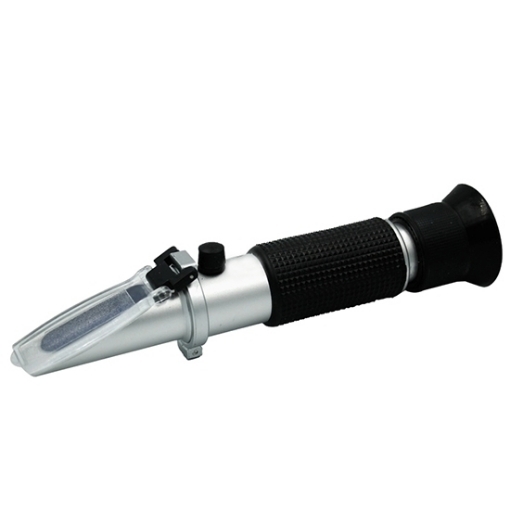Refractometers are fascinating instruments that play a pivotal role in various industries, from food and beverages to pharmaceuticals and gemology. These devices offer accurate measurements of a substance's refractive index, providing insights into its composition and properties. But how exactly do refractometers work? Let's delve into the science behind these instruments and uncover their mechanisms.
Principles of Refraction: The Basics
At the heart of a refractometer's functionality lies the principle of refraction. When light passes from one medium into another, its speed changes, causing the light to bend or refract. The degree of bending depends on the refractive indices of the two media involved. A refractometer exploits this phenomenon to determine the refractive index of a liquid sample.
Total Internal Reflection: A Crucial Concept
One common type of refractometer employs the concept of total internal reflection. A sample is placed on a prism with a high refractive index. Light is directed into the prism at a specific angle. If the angle is just right, the light undergoes total internal reflection at the prism-sample interface. However, if the sample's refractive index differs, some light will penetrate into the sample.
Critical Angle and Refractive Index
The angle at which total internal reflection occurs is known as the critical angle. By measuring this angle, the refractive index of the sample can be calculated using Snell's law, which relates the angles and refractive indices of light in different media. This refractive index offers insights into properties like concentration, purity, and density of the substance under examination.
Different Types of Refractometers
Refractometers come in various designs, each suited for specific applications. Analog refractometers rely on a scale readout of the critical angle, while digital refractometers use sensors to detect the angle and calculate the refractive index digitally. Both types offer high precision.
Applications Across Industries
The applications of refractometers span a wide range of industries. In the food and beverage sector, they help determine sugar content in juices, wine, and fruits, aiding in quality control and production processes. In gemology, refractometers aid in identifying gemstones by measuring their refractive indices. Moreover, these devices find utility in laboratory, medical diagnostics, pharmaceutical research, and chemical analysis.

Refractometers are remarkable tools that leverage the principles of light refraction to provide valuable insights into the properties of substances. Their ability to measure refractive indices accurately makes them essential in numerous scientific, industrial, and commercial endeavors. By understanding the mechanisms behind refractometers, we can appreciate their role in advancing research, production, and quality assurance across diverse fields.

